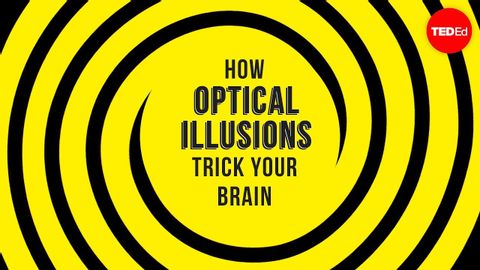TED-Ed】目の錯覚があなたの脳を騙す方法 - Nathan S. Jacobs
Ashley Chen が 2014 年 08 月 25 日 に投稿  この条件に一致する単語はありません
この条件に一致する単語はありませんUS /ˈkɑɡnɪtɪv/
・
UK /ˈkɒgnətɪv/
- adj.認知の;認知能力の;認知発達の;認知療法の
- v.t.頭を殴る
- n. (c./u.)脳 : 頭脳;秀才;天才;中央処理装置
- n. (u.)知能;知力
- n.地点 : 場所;困難 : 苦境;位置づけ;少し;斑点 : 染み : 汚点
- v.t.(偶然)見つける
エネルギーを使用
すべての単語を解除
発音・解説・フィルター機能を解除
